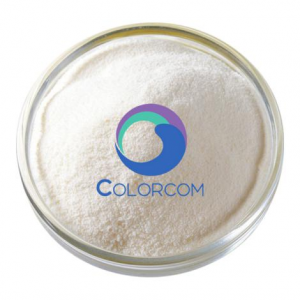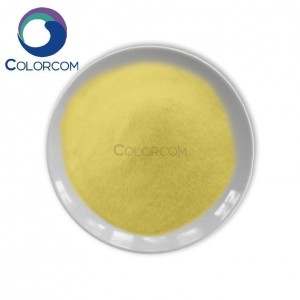2,6-Dimethyl-4-heptanone | 108-83-8
Product Physical Data:
| Product Name |
2,6-Dimethyl-4-heptanone |
| Properties |
Colorless oily liquid with a minty odor |
| Melting Point(°C) |
-46 |
| Boiling Point(°C) |
168.1 |
| Relative vapour density (air=1) |
4.9 |
| Ignition temperature (°C) |
396 |
| Flash point (°C) |
60 |
| Upper explosion limit (%) |
7.1 |
| Lower explosion limit (%) |
0.8 |
| Solubility | Miscible with most organic solvents such as alcohols and ethers. Can dissolve cellulose acetate, cellulose nitrate, polystyrene, vinyl resins, waxes, varnishes, natural resins and raw rubber, etc. |
Product Properties:
Avoid contact with strong oxidising agents, strong reducing agents and strong bases.
Product Application:
This product is mainly used as an organic solvent, but also can be used in organic synthesis. It can dissolve cellulose acetate, nitrocellulose, polystyrene, vinyl resins, waxes, varnishes, natural resins and raw rubber. Due to its high boiling point and slow evaporation, it can be used as a solvent for nitro spray paints, vinyl resin coatings and other synthetic resin coatings to improve their moisture resistance. It is also used as a dispersant for manufacturing organic aerosols, as a solvent for food refining and as an intermediate for certain drugs and pesticides.
Product Storage Notes:
1.Store in a cool, ventilated warehouse.
2.Keep away from fire and heat source.
3.It should be stored separately from oxidising agents, reducing agents and alkalis, and should never be mixed.
4.Use explosion-proof lighting and ventilation facilities.
5.Prohibit the use of mechanical equipment and tools that are easy to generate sparks.
6.The storage area should be equipped with leakage emergency treatment equipment and suitable shelter materials.









